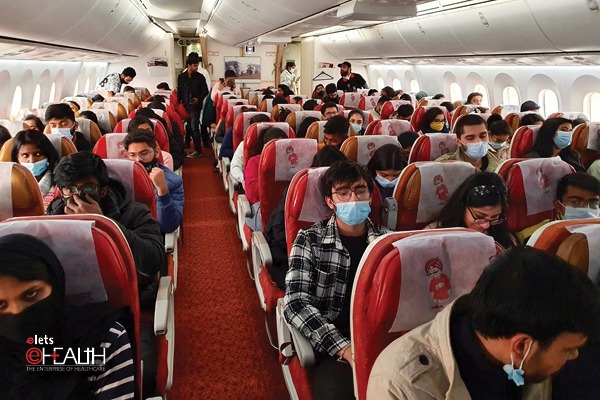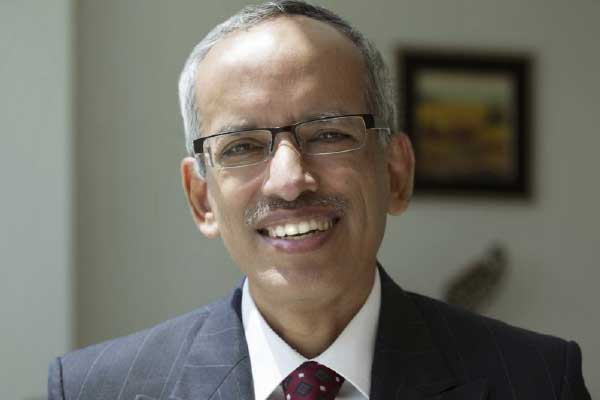The OBCSDP project aims to reduce the breast cancer mortality rate in Mexican women in the age group of fifty to sixty-nine with the effective use of ICT
In 2006, breast cancer became the leading cause of death in Mexican women in the age group of fifty to sixty-nine. The Opportune Breast Cancer Screening and Diagnosis Program (OBCSDP) is meant to transcend economic and personnel barriers through the innovative deployment of ICTs. The project aims to reduce the breast cancer mortality rate in women between the age group of fifty to sixty-nine; the programme will increase the national screening rates from 7.2 percent in 2007 to 21.6 percent by 2012.

 The telemedicine network had the goal to screen 1.3 million women in the 30-months period between May 2010 and December 2012. With over 34 million Mexican pesos (approximately US$ 2.8 million) of seed funding from the federal and state governments and not-for-profit groups, 30 screening sites in 11 states were linked by Internet to two interpretation centres, where results of the screenings could be viewed by radiologists. In 2012, eight more interpretation sites will be opened, and the programme would become self-sustaining in terms of operational costs. Due to challenges with Internet connectivity in rural areas of Mexico, many communities lack the necessary bandwidth for Internet protocol-based image transmission which is necessary to transmit mammograms. To overcome this challenge, CDs were used for patient data transfer and long-term data storage. Each carried four patient images and up to four patient mammograms. CDs are privately or commercially couriered to the closest interpretation centre. It took approximately three weeks to produce results and deliver it to individuals.
The telemedicine network had the goal to screen 1.3 million women in the 30-months period between May 2010 and December 2012. With over 34 million Mexican pesos (approximately US$ 2.8 million) of seed funding from the federal and state governments and not-for-profit groups, 30 screening sites in 11 states were linked by Internet to two interpretation centres, where results of the screenings could be viewed by radiologists. In 2012, eight more interpretation sites will be opened, and the programme would become self-sustaining in terms of operational costs. Due to challenges with Internet connectivity in rural areas of Mexico, many communities lack the necessary bandwidth for Internet protocol-based image transmission which is necessary to transmit mammograms. To overcome this challenge, CDs were used for patient data transfer and long-term data storage. Each carried four patient images and up to four patient mammograms. CDs are privately or commercially couriered to the closest interpretation centre. It took approximately three weeks to produce results and deliver it to individuals.
Communities with Internet access will be uating individual partnership agreements with TelMex”a private telecom company” for one calendar year after Phase 1 is initiated. If feasible, these should allow for instant data transfer between the screening and interpretation sites. This arrangement would cut half the picture-to-result in time of 7“21 days required with the use of the CDs.
Quality control of hardware and its interoperability was also a challenge along with standardising the skill levels of radiology technicians. Initially, the programme faced challenges while scaling it up across Mexico. The decentralisation of partner institutions was also less than ideal, due to independent organisational structures, jurisdictional logistics, and funding schemes “ all of which required extensive coordination and time to successfully overcome. This collaboration led to the programme overcoming shortage of radiologists to improve equity of access in preventative breast cancer screening and diagnosis for rural and remote residents in over five states in Mexico.

Source: Telemedicine – Opportunities and developments in Member States; Report on the second global survey on eHealth; 2011
Be a part of Elets Collaborative Initiatives. Join Us for Upcoming Events and explore business opportunities. Like us on Facebook , connect with us on LinkedIn and follow us on Twitter , Instagram.












